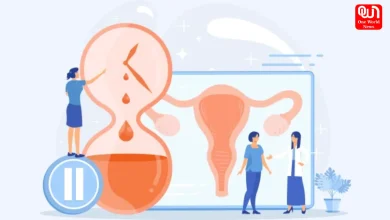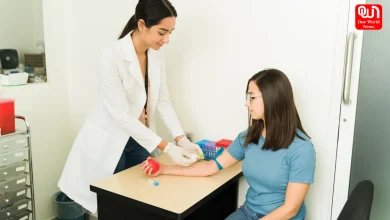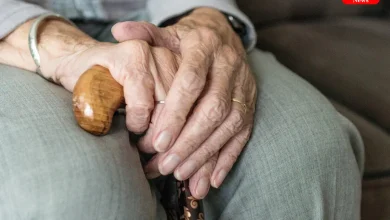New Clade 9 Chickenpox Variant Detected In India
Discover Clade 9 chickenpox symptoms and prevention. Learn how to safeguard against this emerging variant. Stay informed and stay safe.
Know Symptoms & Prevention Tips for New Clade 9 Chickenpox Variant
A new variant of the chickenpox-causing virus, Clade 9, has recently been discovered in India. The National Institute of Virology (NIV) identified this variant, which is more common in countries like Germany, the UK, and the US. Here’s what you need to know about Clade 9, its symptoms, and how to prevent it.
What is Clade 9?
Clade 9 is a different version of the varicella-zoster virus (VZV), responsible for chickenpox in children and shingles in adults. Dr Vineeta Taneja, Director of Internal Medicine at Fortis Hospital, Shalimar Bagh, explains that it’s a variant of VZV.
Common Strains in India
India previously had Clade 1 and Clade 5 of VZV. Dr. Tushar Tayal, Consultant in Internal Medicine at CK Birla Hospital, Gurugram, points out that a recent survey revealed the presence of Clade 9 in India. This strain is commonly found in Western countries.
Symptoms of Clade 9
Symptoms of Clade 9 are similar to other chickenpox strains and include rash, fever, loss of appetite, headache, fatigue, and a general feeling of illness. The rash typically appears 2-3 weeks after exposure to the virus, followed by fever, body aches, and headaches. The rash develops into fluid-filled blisters before healing with scabs over about two weeks.
Is Clade 9 More Severe?
Currently, Clade 9 doesn’t appear to cause more severe infections compared to previous variants, says Dr. Tayal.
Read more:- MonkeyPox Fresh Update: Is it deadlier than Covid 19, check here
Prevention Tips
Dr Vineeta Taneja emphasises vaccination as the most effective way to prevent chickenpox. Good hygiene, including regular handwashing, can also help. In some countries, like the US and parts of Europe, the Varicella vaccine is part of the immunisation schedule.
Additional prevention tips:
- Isolation: If someone in your household has chickenpox, isolate them from others, especially those at higher risk.
- Cough and Sneeze Etiquette: Teach proper cough and sneeze etiquette to reduce virus transmission.
- Avoid Sharing Personal Items: Refrain from sharing personal items like towels and utensils with infected individuals.
- Maintain a Healthy Lifestyle: A balanced diet, exercise, and adequate sleep support a healthy immune system.
- Seek Medical Advice: If exposed to chickenpox or if symptoms develop, seek medical advice, especially if at high risk.
- Post-Exposure Prophylaxis: High-risk individuals may be given Varicella-Zoster Immune Globulin (VZIG) after exposure.
Read more:- Tomato Flu Outbreak: Dr. Marcus Ranney revealed when to visit the doctor?
Treatment
Treatment is mainly symptomatic and may include antiviral medications, pain relievers, calamine lotion, cool baths, rest, and, in some cases, antibiotics or topical antivirals. Special care is needed for pregnant women, as chickenpox can pose risks to the foetus.
Dr Tayal underscores the importance of self-isolation to prevent spreading the infection and highlights the two-dose varicella zoster vaccine taken four months apart as a key preventive measure.
Liked this post?
Register at One World News to never miss out on videos, celeb interviews, and best reads.








